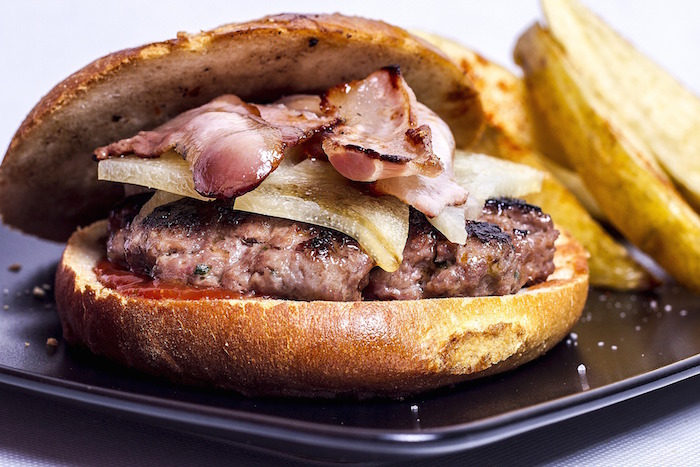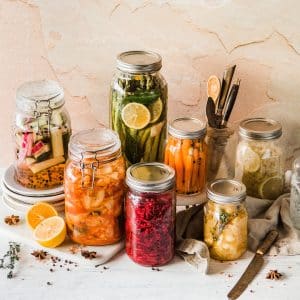There’s a growing trend of ‘mostly’ vegetarians – those who follow a veggie diet, but don’t say no to the occasional fish and chips or cheeseburger if the mood strikes. Sound like you? Flexitarianism could be for you.
By Jana du Plessis
You may have heard the term flexitarian and wondered if it has something to do with gym bunnies flexing their hard-earned muscles… Not quite. ‘Flexitarianism’ refers to the dietary choice of those who enjoy a mostly vegetarian diet, but indulge in the odd animal product here and there if they feel their body wants or needs it.
The top motivations for following a flexitarian diet are ethical reasons pertaining to animal welfare and environmental concerns. We have all read about the unfavourable conditions that many animals are farmed in, as well as the huge amounts of precious water it takes to produce meat. With powerful arguments like these, it isn’t difficult to understand why flexitarianism is such a honourable (and manageable) compromise.
A flexible approach to eating is not only a way to minimise your carbon footprint and make a stand for the creatures that can’t speak for themselves, but can in fact lead to a more nutrient-rich and varied diet. With less emphasis on red meat, poultry and fish, flexitarians can shift their focus to fruit, veggies and protein-filled legumes (beans, pulses and so on), upping their intake of vitamins and minerals with their more rainbow-coloured plates. It’s a win-win situation when it comes to how you and the environment can benefit from cutting out meat just a few times a week.
If this argument is still not compelling enough for you to bid your chicken roast adieu, think of it this way: being flexitarian doesn’t limit you to any particular foods, making it a more sustainable diet than any other fad eating plan out there. You can still have your favourite comfort foods when the craving strikes, and dairy, meat, fruit, veggies, fats, cheese and everything in between are totally acceptable. It’s up to you to decide when, how and how much of each you consume.
The main benefit of this way of eating is how you’ll look differently at vegetables, fruit and grains, helping you to create inventive new dishes, with a mixture of tastes and textures, resulting in culinary discoveries you would never have thought of otherwise. And you’ll be doing your part for the environment too.
My advice for anyone dabbling in vegetarianism, stuck between their love for the environment and animals and meaty food, try the flexitarian diet as a happy medium for both you and the Earth.
Pro tip: Remember to always include a plant-based protein in your meat-free meals and increase your fruit and vegetable to keep you satiated. Don’t forget about your healthy fats such as avos, nut butters and seeds.
We’d like to hear your thoughts! Would you adopt a flexitarian diet? Tweet us on @MyKitchenSA




